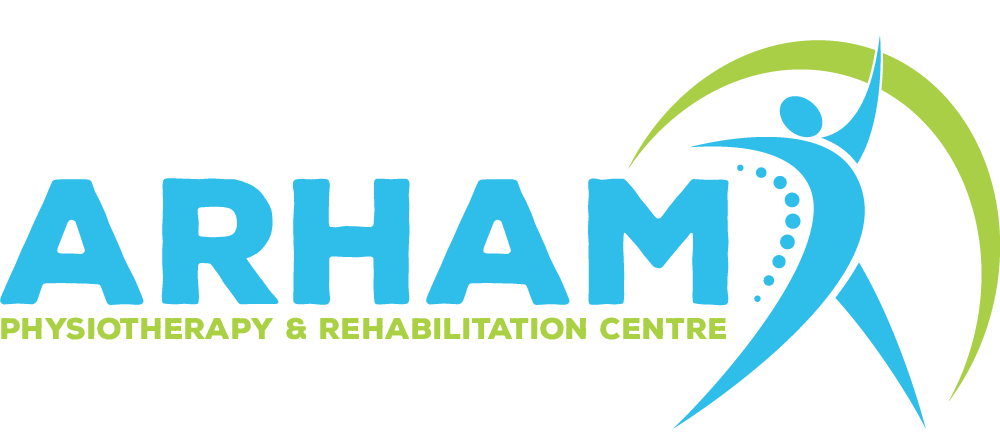Physiotherapy Helps in Recovering from Accidental Fractures and Dislocations.
Sports injury physiotherapy is essential in recovering and rehabilitating athletes and active individuals who have sustained injuries during sports or physical activities. It is a specialized branch of physiotherapy that focuses on preventing, assessing, treating, and rehabilitating injuries related to...
Read More
Cupping therapy is a traditional alternative medicine used for thousands of years in various cultures worldwide. It entails applying suction to the skin using cups, which speeds up the healing process by lowering inflammation, alleviating muscle and fascia tension, and...
Read More
Muscle pain and injuries can be a significant hindrance, especially for those who love to stay active and maintain a regular workout routine. Kinesio taping, known as kinesiology taping, has emerged as a popular solution to these problems, offering numerous...
Read More
Aerobic exercise, often called cardio, involves physical activities that increase your heart rate and engage large muscle groups, promoting oxygen circulation. “aerobic” means “with oxygen,” reflecting increased oxygen intake and utilization during these activities. Typical forms of aerobic exercise include...
Read More
Physiotherapy is a treatment approach that helps improve physical health without relying on medications or surgery. It focuses on maximising physical strength and function, enhancing mobility and balance, improving the performance of the heart and lungs, aiding in healing injuries,...
Read More
A common childhood disorder known as knock knees, or genu valgum, occurs when the knees bend inward and contact each other while the legs are straightened. While it often resolves naturally as children grow, ensuring proper nutrition can support their...
Read More
When a person’s feet and ankles come into contact, their legs curve outward at the knees, causing a condition called bow legs (genu varum). This condition is common in infants and toddlers and often resolves naturally as the child grows....
Read More
Pes planus, another name for pediatric flat feet, is a frequent ailment in which a child’s foot arch is nonexistent or lower than usual. While many children naturally outgrow flat feet as their musculoskeletal system develops, some may experience pain,...
Read More
Understanding the complicated courting between nutrients and muscle features is vital for anyone aiming to enhance bodily performance, manipulate muscle tightness, or improve usual health. Our muscle groups rely upon a complex interaction of nutrients to function optimally, recover efficiently,...
Read More
A neurological condition called cerebral palsy (CP) affects posture, muscular tone, and mobility. It is the most prevalent motor handicap in children, typically resulting from damage to the developing brain or aberrant brain development prior to birth. Understanding the types...
Read More
Torticollis, a condition characterized by abnormal neck posture, can have significant effects on a child’s development if not addressed early. From motor skills to social interactions, the impact of torticollis on child development can be profound. In this blog, we...
Read More
Clubfoot, or congenital talipes equinovarus, is a joint congenital deformity in which one or both feet are twisted inward and downward. An estimated one out of every thousand live newborns worldwide is affected by this illness, the severity of which...
Read More
